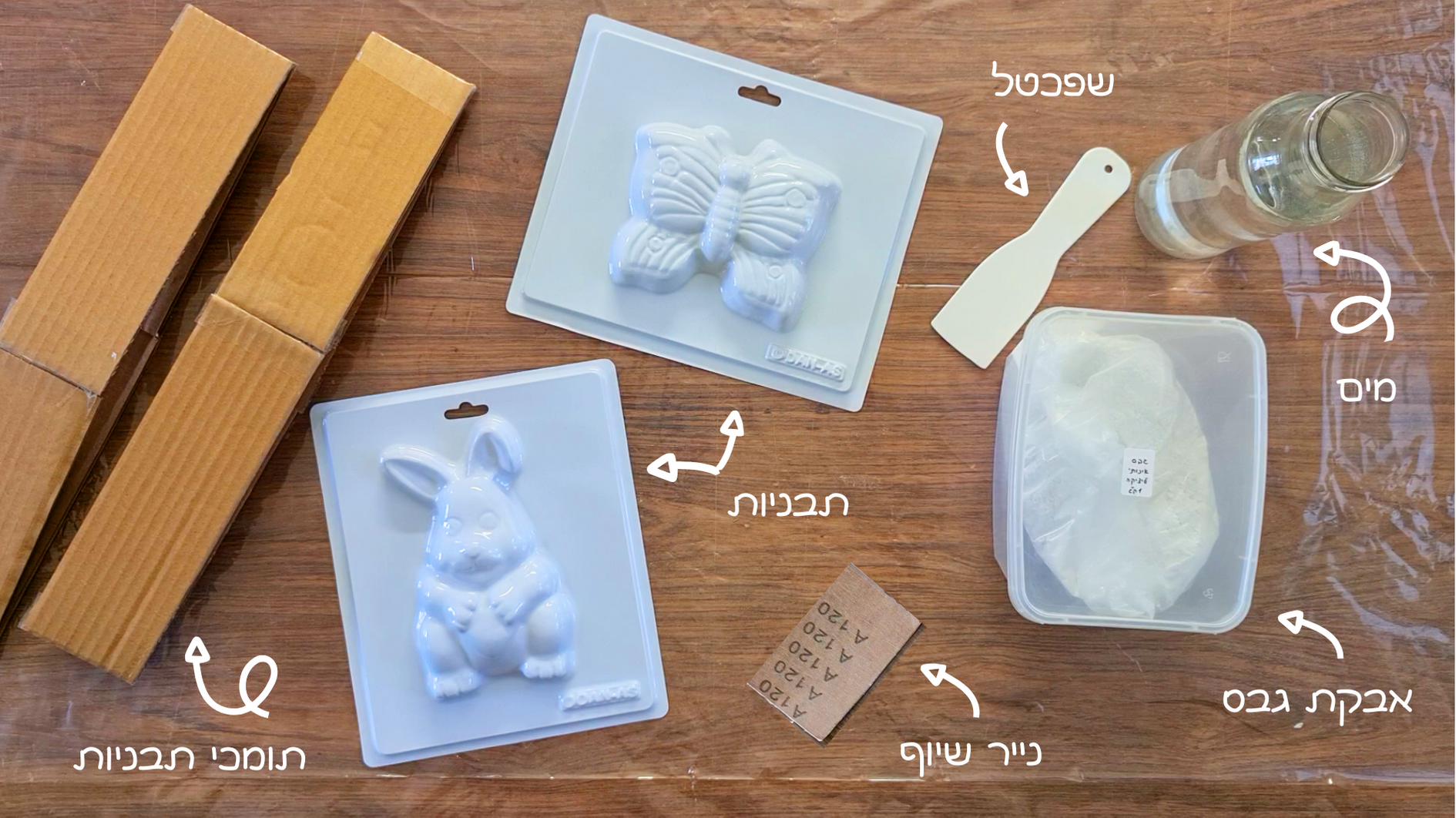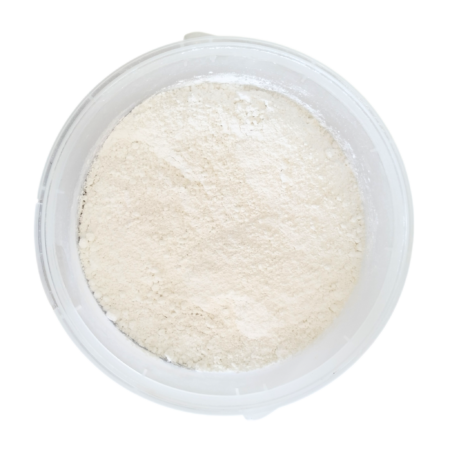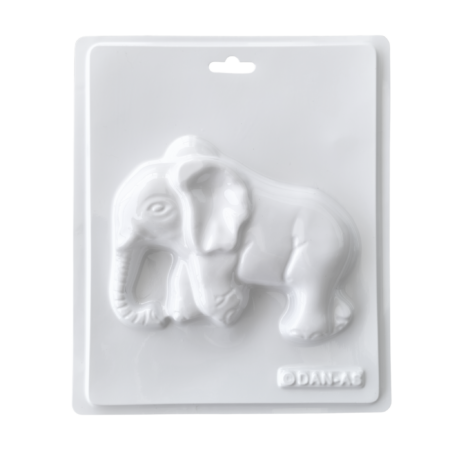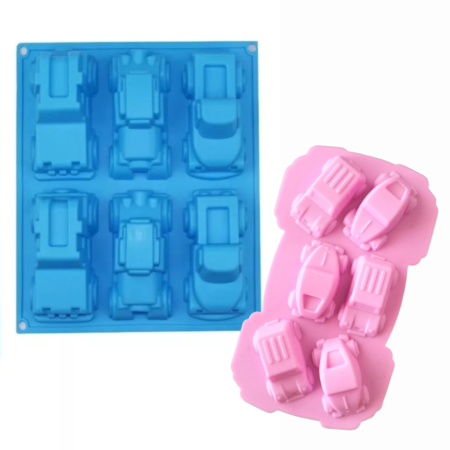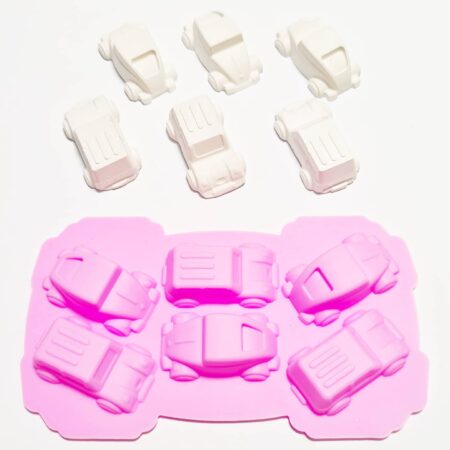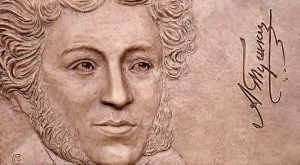Gypsum is a useful material in art for casting gypsum into a mold and creating a gypsum mold for casting from another material. Although the process of preparing gypsum for casting is simple and quick, familiarity with the material and work skills is required as the gypsum dries quickly and the time span for the work is very short.
Facts and properties of gypsum
- Gypsum is a very soft mineral composed of calcium and sulfate. It is a natural substance formed as a precipitate when water evaporates in lagoons or closed lakes. There is also synthetic gypsum, called plastic gypsum. Plastic plaster is used in medicine, construction and art.
- In art, plaster is used as a material for making a mold or as a casting for an existing mold. To prepare the plaster, only water and skill are required. Gypsum begins to dry and harden after about 15 minutes from the time it dissolves in water, so it is important to work quickly and not to delay.
- When the plaster is poured into a ready-made mold it gets its shape. The gypsum mixture dissolved in water flows and fills each perforation in the mold. Thanks to this feature you can be precise in small details.
- Apart from gypsum that comes in powder form, there are also gypsum bandages in the Galilee. The plaster is glued to a delicate and special felt, when wet it becomes flexible and adheres to different materials and the body, so you can create sculptures according to your wishes. When it dries it becomes hard and can be painted.
- Gypsum is a relatively inexpensive, accessible and easy-to-use material, making it very popular for creation for children.
Uses with gypsum in art
- One of the uses is creating a template for a Khmer statue. It will be possible to pour liquid clay into it, thus duplicating the statue. When creating a mold, plaster is plastered on a clay statue. When the mold dries, the clay is extracted and an empty mold remains. You can pour liquid clay into it and thus create copies of the original sculpture.
- Another use is creating a relief using a ready-made template. The prepared gypsum mixture can be poured into a plastic or silicone mold. You can make a ceramic clay mold inside a disposable plate. What you create in relief will be concave in relief. Conversely, what you create concave will be prominent. Do not dry the clay used for the plaster mold. Otherwise it is impossible to remove the plaster relief from the mold.
Equipment and materials needed to make gypsum for casting:
Step-by-step instructions for making gypsum casting
Please note: the plaster dries and hardens within half an hour. It is not possible to prepare gypsum in advance and save it for casting afterwards. Act consistently and quickly without distractions.
1. Depending on the desired amount of gypsum (in this example we used 1 kg of gypsum for 2 molds) prepare water in a soft plastic or rubber container, at the rate of 1 ml of water per 1 gram of gypsum (1 kg of gypsum - 1 liter of water). The water in the vessel should fill no more than a third of the vessel's capacity. Gradually, pour the gypsum powder into the water, until the gypsum absorbs all the water.
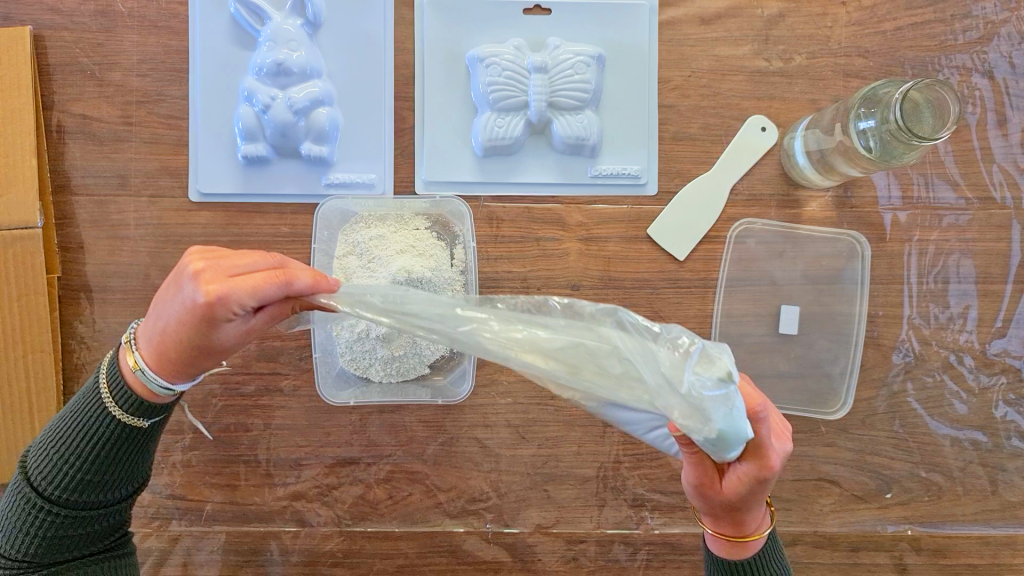
2. Mix the wet plaster well until you get a uniform mixture without lumps. Mix with the spatula back and forth until the texture of the liquid plaster resembles the texture of raw tahini.

3. Knock a little with the container on the table that all the air bubbles have come out - and the plaster is ready to pour.
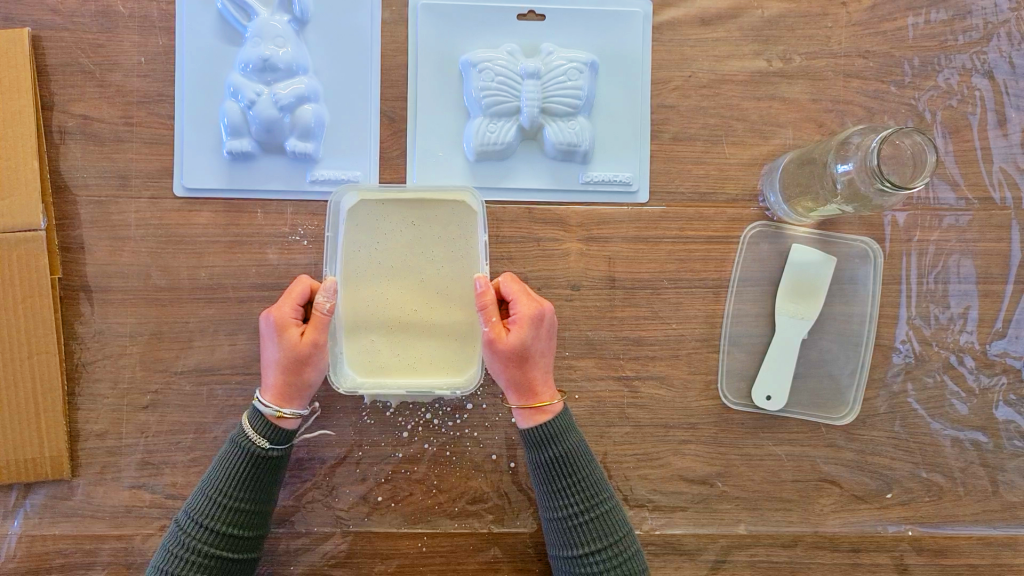
4. Place the gypsum molds inside mold supports so that they are stable for casting. For template supporters it is possible to use any deep tool of the appropriate size to stabilize the template. If you pour gypsum into a clay mold that you made yourself - there is no need for a support.
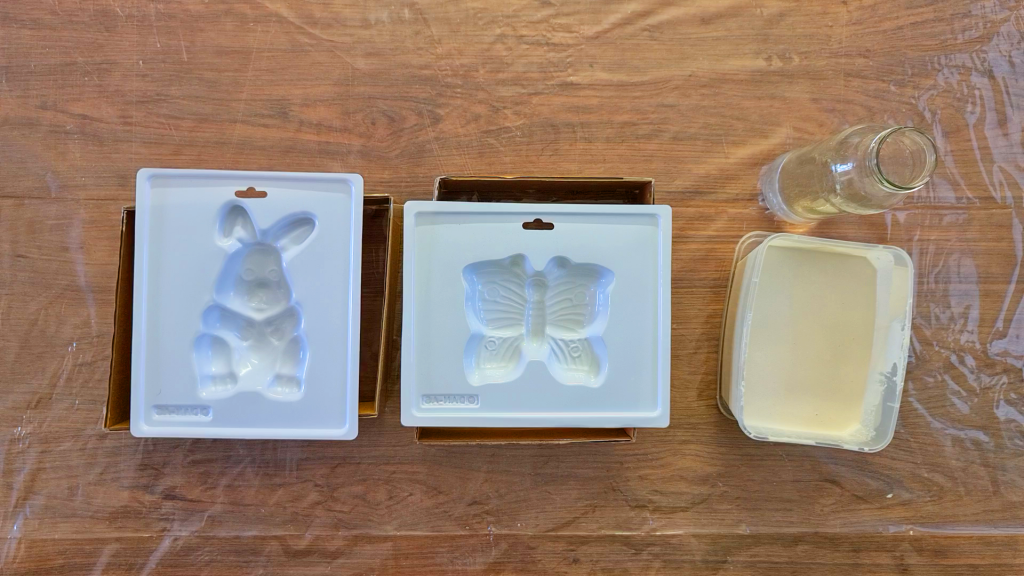
5. Gently pour the gypsum mixture into the molds until the molds are full.

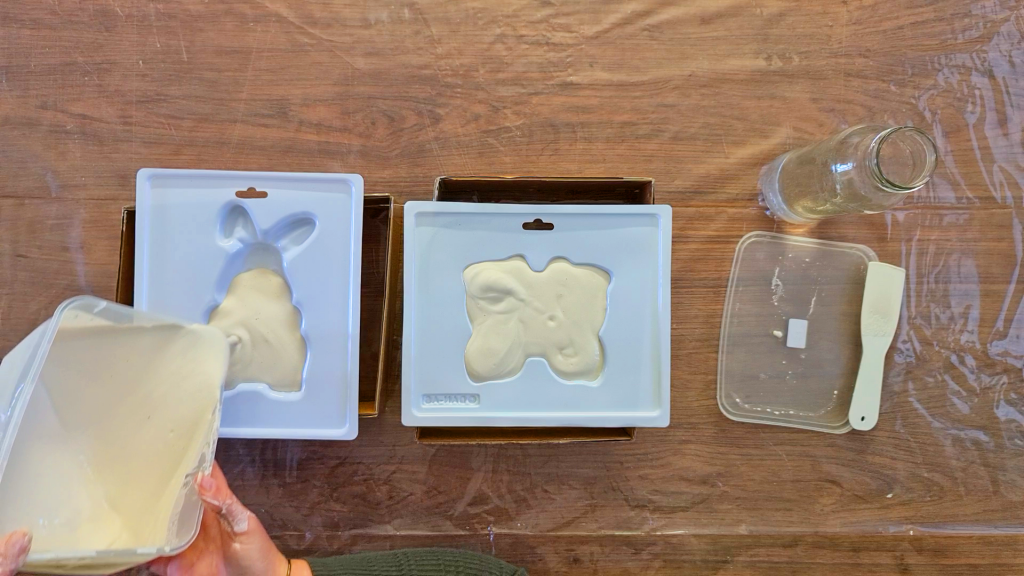
6. Align the plaster with putty.

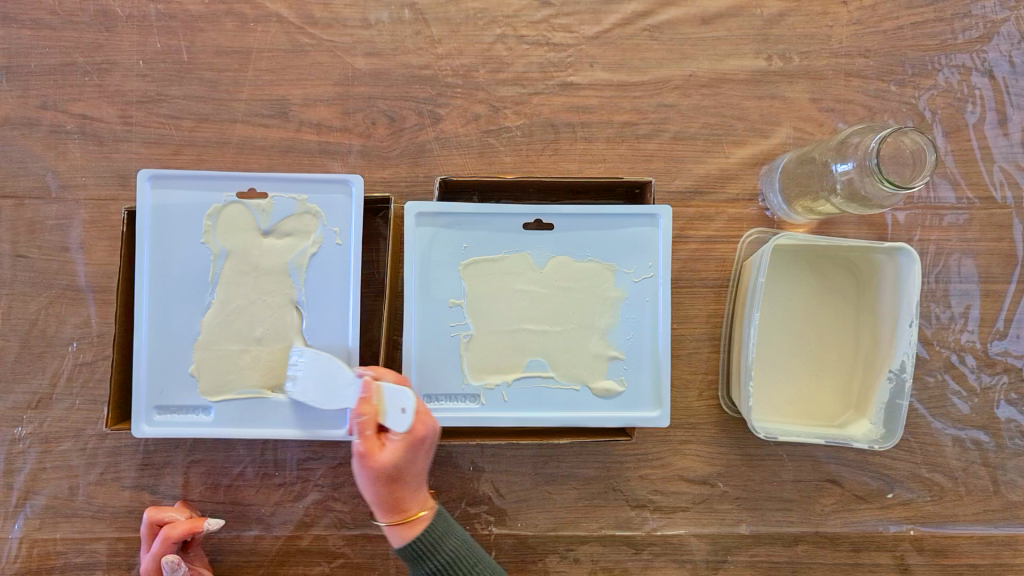
7. Shake the molds slightly and gently so that more air bubbles come out.
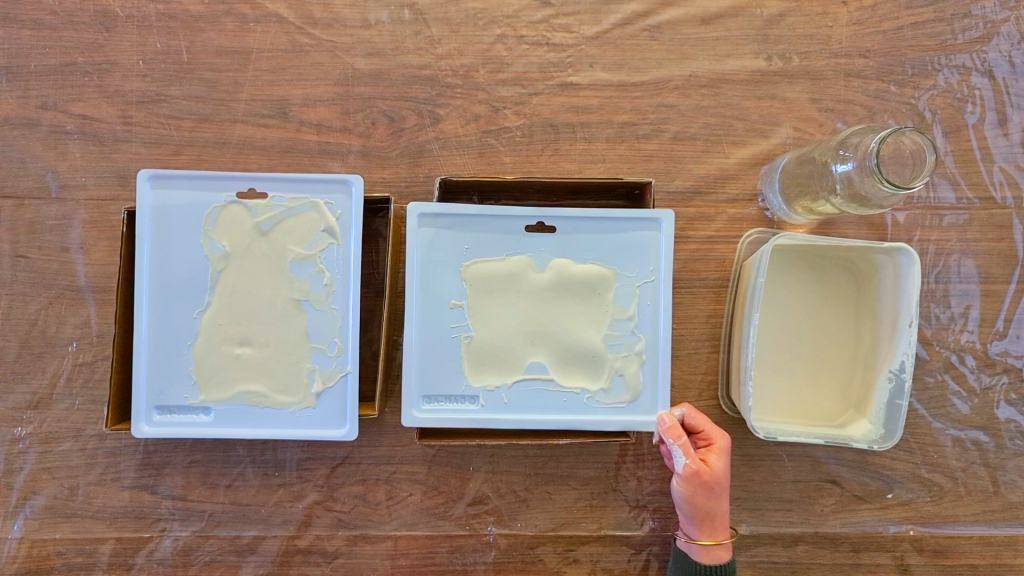
8. Allow the plaster to dry and harden.
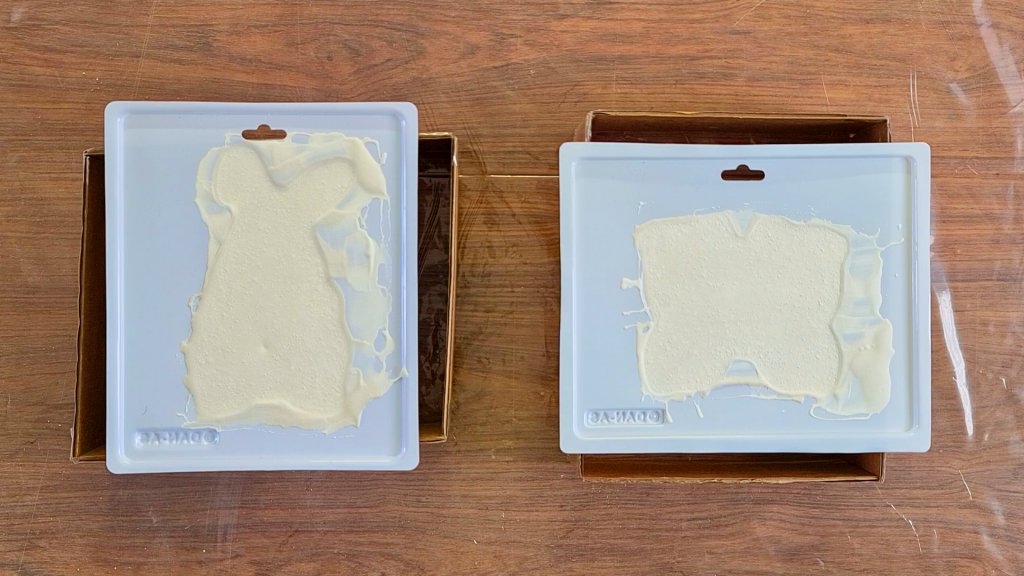
9. The plaster will first begin to heat up and gradually cool down. While the plaster is still hot, carefully remove the plaster reliefs from the mold.
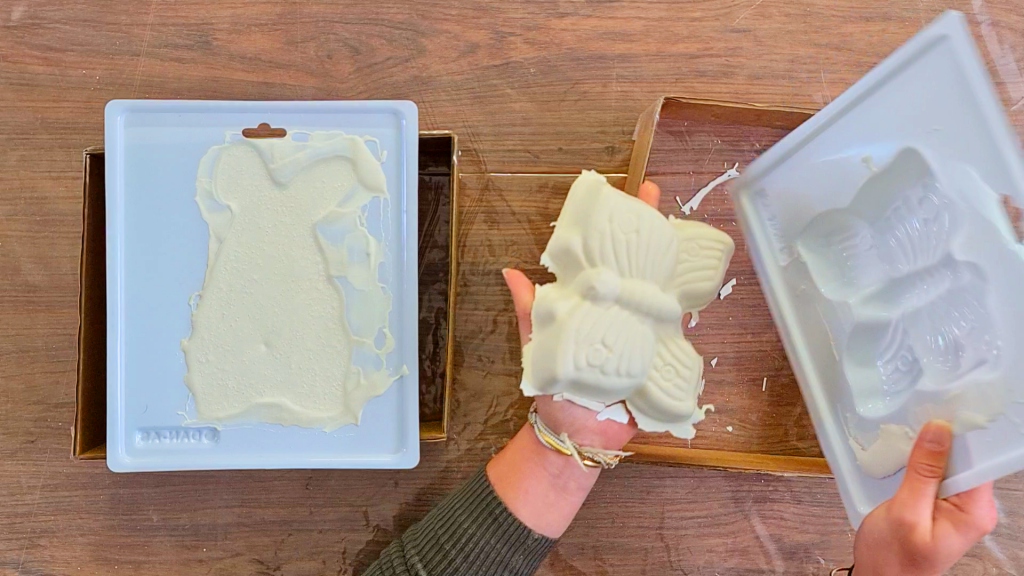
10. Gently remove the plaster from the edges of the relief. The edges of the plaster relief can be sanded with sandpaper.
If holes are formed as a result of air bubbles, they can be filled with crack putty. Do not fill the holes with liquid plaster as it will simply fall off over time.
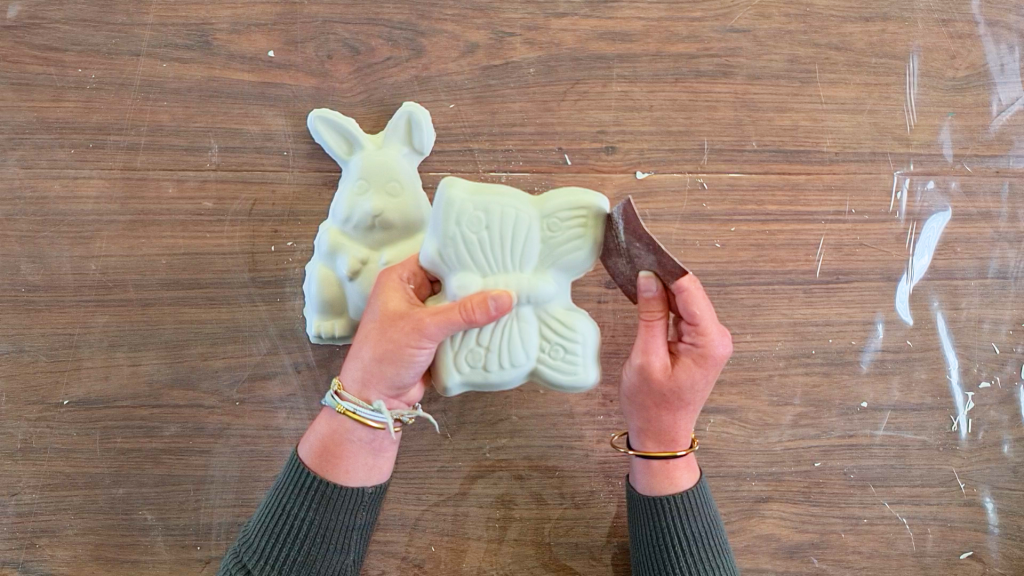
11. Leave the reliefs to dry completely. It is recommended to wear it in the open air with direct sunlight on a ventilated surface (some sort of net).
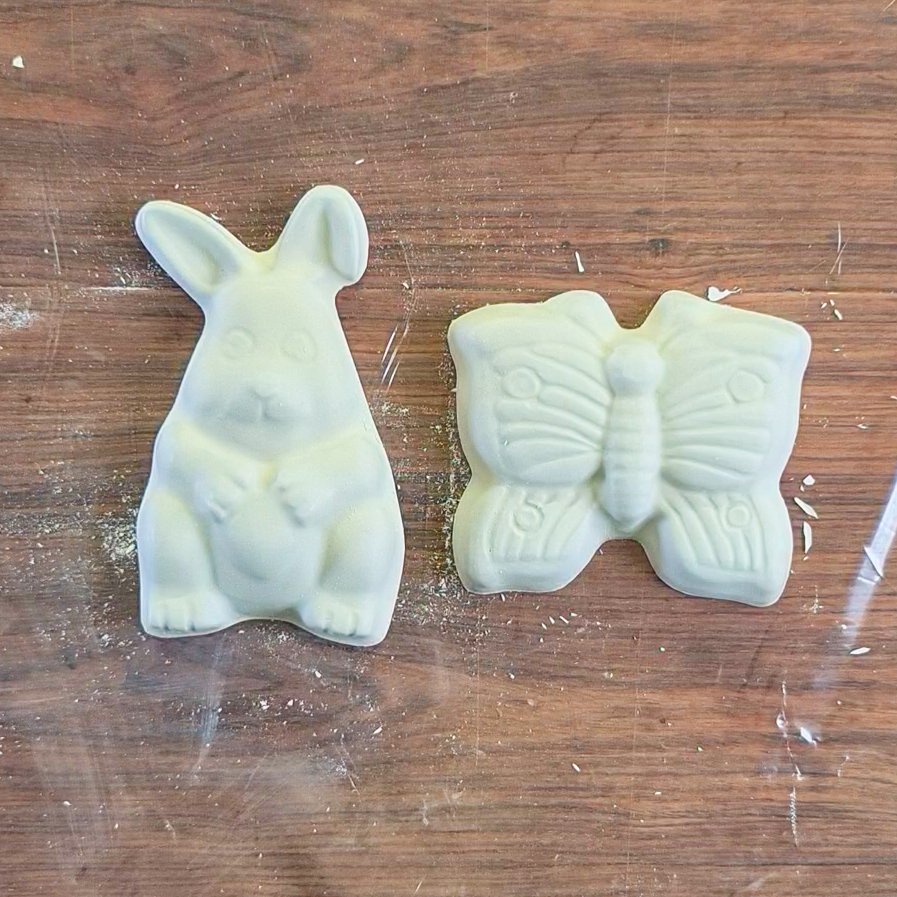
12. Now the plaster cast is ready for painting. It is recommended to paint the plaster reliefs with gouache or acrylic colors and decorate it with various decorations using plastic glue: for example, glitter, sequins, moving eyes and more. If you want to leave the relief white, it is recommended to cover with white gouache and plastic glue in a ratio of 1:1 in order to preserve the work for a long time. This way you can easily wipe the dirt and dust that accumulates. In addition, in order to allow the plaster reliefs to be hung on the wall, stick hanging triangles on the back.

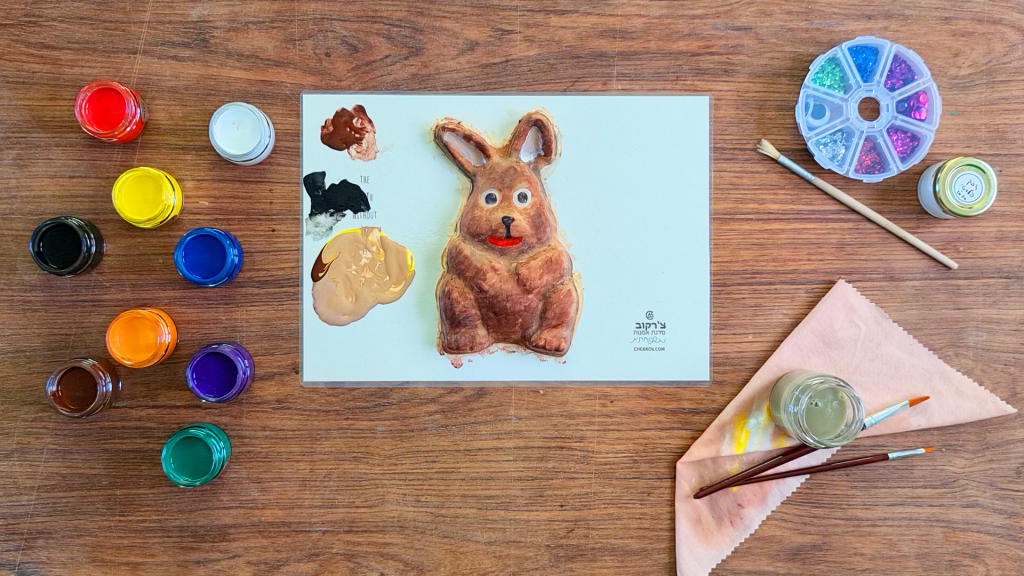
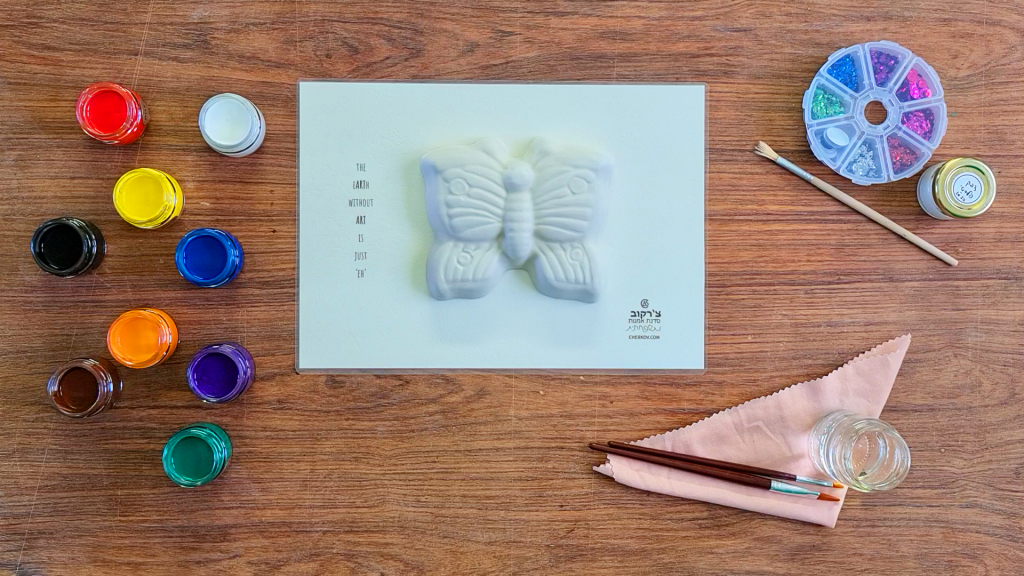


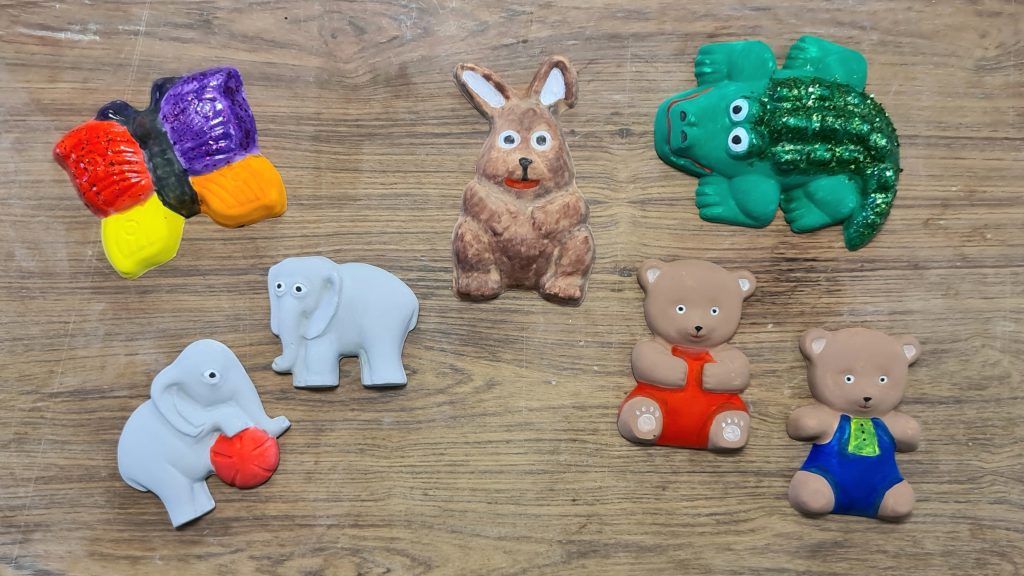
Gypsum products
-
- -40%
Silicone mold cars
-
₪25₪15 - Select Options
-
- out of stock
Gypsum casting kit for children
- ₪140
- Read more
-


